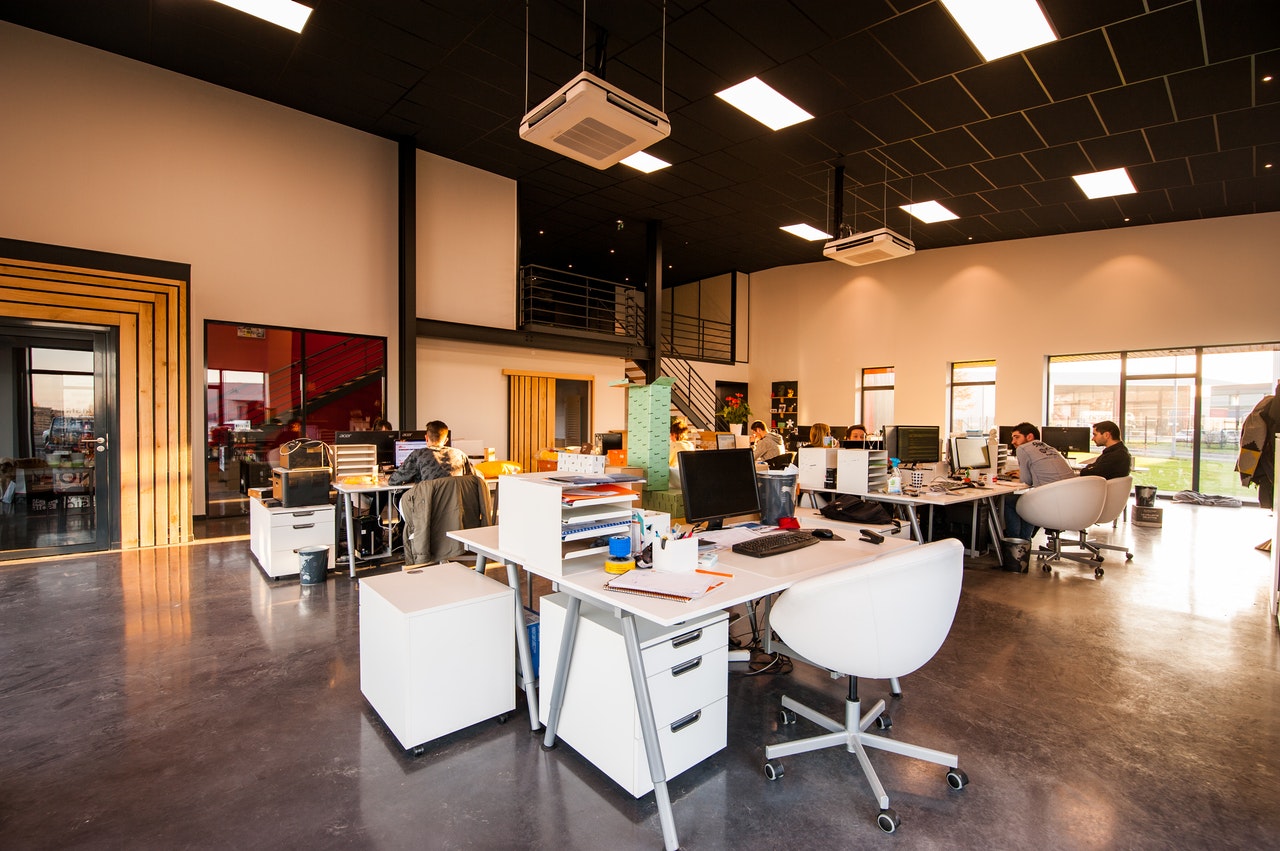Productivity is the number one driving force in a company’s success. Consistent and efficient work paves the way towards higher revenues, better work-life balance, a more positive work culture, increased growth, and every other good thing in between.
With that in mind, a workplace that consistently works towards improving productivity among its employees is consequently increasing its rates of growth and success. To achieve that, companies must recognize the top killers of productivity in their workplace, and find ways on how to avoid them.
Here are some of the most common things that decrease productivity in the workplace:
1. Poor company culture
Positive company culture creates a workplace environment that is conducive to efficiency, engagement, motivation, collaboration, and good work-life balance, or in short, an environment that helps employees become more productive. The opposite is true for a company with poor workplace culture. A working environment that is negative, overly competitive, unhealthy, and excessively stressful makes employees more stressed and tired, which makes them more prone to burnout, making mistakes, and even leaving the company prematurely.
Developing positive company culture should start from Day One. But for companies that started off on the wrong foot, there are business consultants that can help them modify their company culture and its many facets for the better. So yes, even for companies that have the most toxic workplace cultures, all hope is not lost.
2. Uncomfortable working environment
Apart from poor company culture, an uncomfortable working environment can also kill productivity like no other. People perform at their best when they are comfortable, physically and mentally. Hence, when discomforts are present and in excess, work efficiency is bound to suffer.
Here are some examples of common discomforts in the workplace that can easily decrease productivity:
Uncomfortable furniture. Body pain is a typical problem for many office workers, and non-ergonomic furniture is the top culprit. That said, investing in ergonomic furniture that fosters proper posture can help employees stay comfortable and pain-free throughout the workday, making it easier to focus on work instead of the various pains in their body.
Bad lighting. Either excessive lighting or not enough lighting increases the risk of eye strain, headaches, and fatigue. Lighting should be just of the right intensity and spread to reduce discomfort, especially when there is not enough natural light entering the office.
Extremes of temperature. Working in too hot or too cold conditions can make employees slow, more prone to errors, and generally less productive. While it is impossible to determine the perfect temperature for an office (since it depends on a lot of factors including weather, building conditions, the employees themselves, etc.) many sources say that it is likely between 71.6 and 75.2F (22 and 24°C)

3. Distractions
Distractions in the office come in many forms, be it smartphones, office gossip, or social media. When an employee becomes distracted, a domino effect occurs: they lose time to do work, which leads to poor performance, which leads to frustration and stress, which eventually leads to low motivation.
Minimizing distractions is, therefore, one of the best ways to improve productivity in the workplace. This could mean prohibiting the use of smartphones for non-work-related things during work hours, banning social media websites on office computers, and keeping the office clean and organized.
4. Unhealthy food
Foods high in calories, sugar, fat, and salt can provide a boost of energy after eating–but that energy is short-lived, and what comes after it is a crash that makes it difficult to focus on work, let alone be productive. This is why a lot of office workers have that ‘post-lunch’ slump after eating something particularly unhealthy.
While food choices will primarily depend on employees’ preferences, budget constraints, and lifestyles, companies can influence their workers to eat better by:
- Providing healthy breakfast foods in the pantry for people who skip breakfast
- Replacing unhealthy vending machine snack with healthy ones
- Offering appropriate foods in the cafeteria
- Providing health information to educate employees about healthy eating
- Encouraging employees to take proper lunch breaks away from their desks
5. Over-delegation, multitasking
Productivity is not measured in how many tasks one does in a day, but rather how many important tasks one does consistently and in the most efficient manner possible. Thus, delegating too many tasks to even the most efficient employee does not guarantee productivity. Instead, tasks should be kept at reasonable numbers in order for employees to focus on one important task at a time rather than juggling a dozen (and possibly dropping a ball, or all twelve of them).
Much of a company’s success relies on the productivity of its constituents. Hence, by eliminating these causes of low productivity, a company can not only ensure the welfare of its employees but can also push growth to new levels.
